News
-
 Neuroscience
NeuroscienceMolecule impairs brain cells that fail in Alzheimer’s
In mice, blocking a molecule on immune cells allowed them to mop up the type of protein buildup seen in the brains of people with Alzheimer’s.
-
 Health & Medicine
Health & MedicineCells in groups may promote cancer’s spread
Cellular gangs, not individuals, form distant tumors from breast malignancies, a new study finds.
-
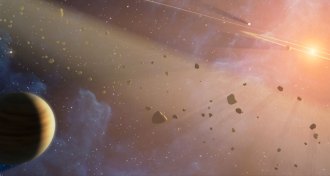 Chemistry
ChemistryEarly asteroid impacts may have aided life’s origin
RNA ingredients found in laser-induced simulation of explosions.
By Beth Mole -
 Earth
EarthMineralogy’s link to ecology makes an Earth twin unlikely
Earth’s unique blend of minerals emerged with the evolution of life, making it extremely unlikely that another planet has Earth’s exact mineral composition.
-
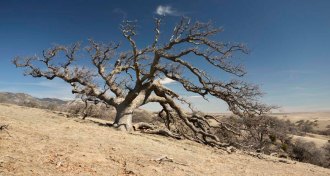 Climate
ClimateCalifornia drought worst in at least 1,200 years
The current California drought is the most severe in 1,200 years, according to historical information gleaned from tree rings.
-
 Life
LifeElectric eels remote-control nervous systems of prey
Electric eels’ high-voltage zaps turn a prey fish against itself, making it freeze in place or betray a hiding place.
By Susan Milius -
 Planetary Science
Planetary ScienceAncient moon’s mega magnetic field explained
Apollo-era moon rocks reveal ancient lunar magnetic field was at least as powerful as the one surrounding modern Earth.
-
 Materials Science
Materials ScienceCarbon supplants silicon in electronic medical sensors
Prototypes of electronic medical devices constructed from organic materials are noninvasive yet offer similar performance as silicon-based health sensors.
-
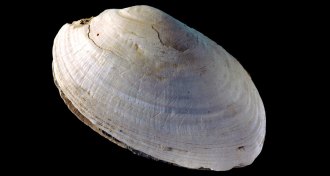 Archaeology
ArchaeologyHuman ancestors engraved abstract patterns
Indonesian Homo erectus carved zigzags on a shell at least 430,000 years ago.
By Bruce Bower -
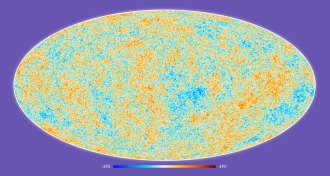 Cosmology
CosmologyMost precise snapshot of the universe unveiled
New results from the Planck satellite provide the most detailed look yet of the makeup of the universe.
-
 Life
LifeTadpole eye transplant shows new way to grow nerves
Wiring replacement organs into the body may be as easy as discharging a biological battery, new experiments with tadpoles suggest.
-
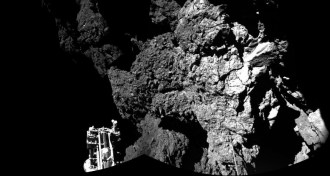 Planetary Science
Planetary ScienceComet lander’s exploration cut short
The comet lander Philae made history with its touchdown on comet 67P/Churyumov–Gerasimenko, but a series of small hiccups prevented the robot from recharging its batteries, giving it only about 57 hours to explore the alien world.